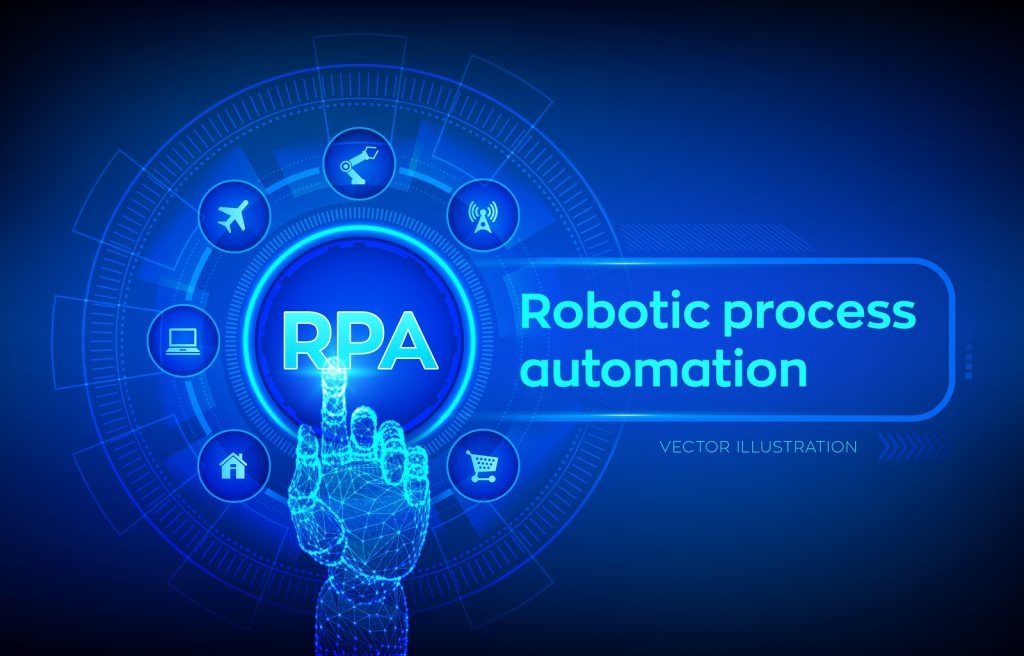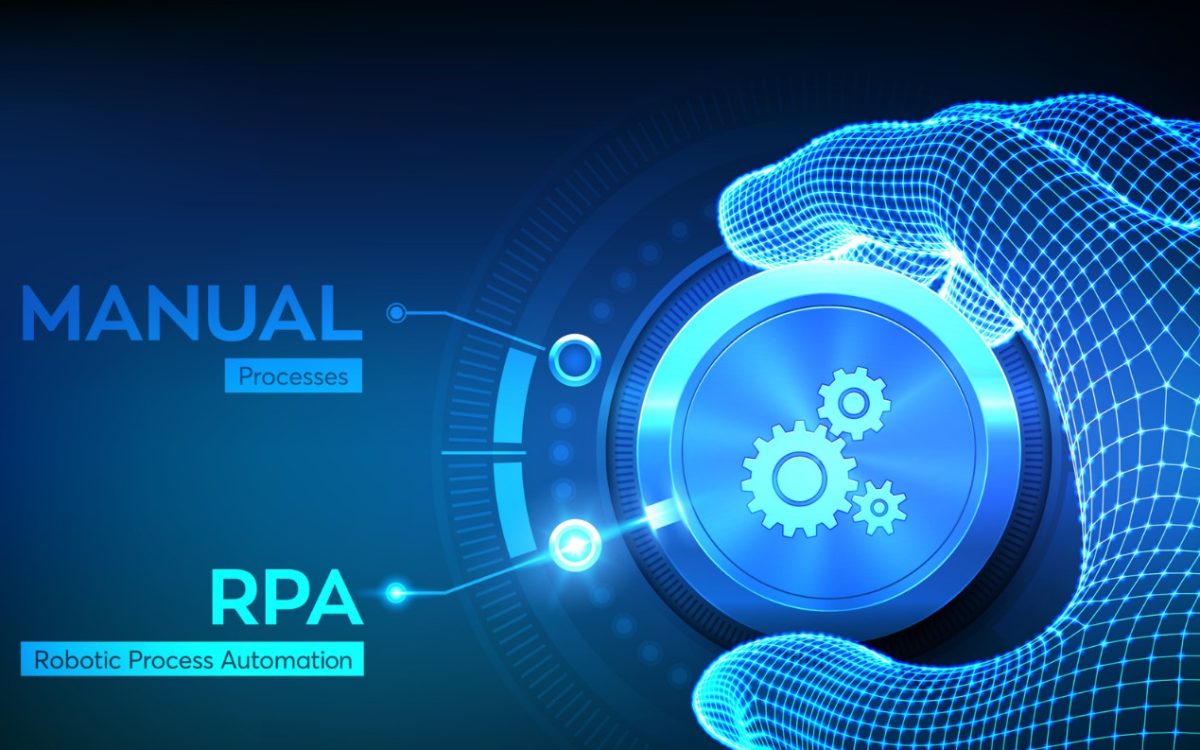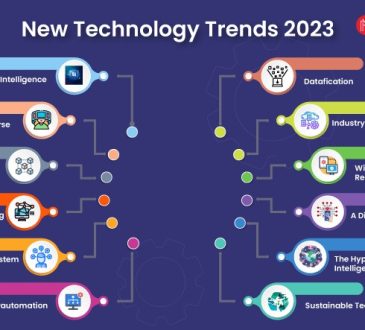RPA Robotic Process Automation: Everything You Need to Know
The term “Robotic Process Automation,” or RPA as it is more popularly known, has attracted a lot of attention recently and is expected to do so for some time to come. Understanding RPA and how it will affect the future of our businesses are becoming more and more crucial as technology spreads. Let’s follow us to find out about RPA Robotic Process Automation right now!
What is RPA Robotic Process Automation?
Software called robotic process automation (RPA) makes it simple to create, use, and manage software robots that mimic how people interact with computers and software. Software robots can carry out a variety of predetermined activities, including as comprehending what is displayed on a screen, pressing the correct keys, traversing computer systems, and retrieving and recognizing data. Software robots, on the other hand, can finish tasks more quickly and accurately than people because they don’t need to get up and stretch or take a coffee break.

What can RPA Robotic Process Automation do for me?
Robotic process automation (RPA) bots are equipped with far more digital skills than people. Consider RPA bots as a digital workforce that can communicate with any application or system. Bots can do a variety of tasks, such as copy-paste, web data scraping, calculations, file opening and moving, email parsing, program logins, API connections, and unstructured data extraction. Additionally, there is no need to modify current corporate systems, apps, or processes in order to automate because bots may adapt to any interface or workflow.
RPA bots are easy to distribute, use, and install. If you know how to record video on your phone, you can configure RPA bots. Utilizing it is as simple as utilizing the record, play, and stop buttons and dragging and dragging files around the workplace. RPA bots can be shared, modified, duplicated, and scheduled to carry out business operations throughout the organization.
What are the benefits of RPA Robotic Process Automation?
Robotic process automation is a user-friendly and economical instrument that offers a variety of benefits that are piqueing the interest of businesses from various industries.

The advantages of RPA for businesses include:
- Low technological barriers: Setting up a bot does not require programming knowledge. Non-technical workers can utilize a process recorder feature to teach a bot how to carry out a previously manual phase in an automated business process. They can then use a drag-and-drop process designer or similar tool to integrate the bot-based automation into a wider automated workflow.
- Enhanced accuracy: Like many tools included in a process automation suite, bots are incredibly exact and consistent, and they are considerably less likely to make errors or typos than a human employee would be. This can be applied to routine tasks like creating or deleting user accounts, transferring data between systems, onboarding and offboarding staff, or filling out forms using data from other systems.
- Complying with legal compliance requirements Bots only carry out the commands that have been programmed into them, and they record a history of every action in an audit trail. Robotic process automation is a good choice for businesses that wish to automate all of their business processes while still adhering to tight compliance standards because of the controlled nature of bots.
- Current systems are still in place: RPA doesn’t call for any modifications to the systems you already use on a daily basis, in contrast to traditional integrations that could necessitate substantial developer resources. Like a human, bots operate straight from a user interface. Because of this, robotic process automation is particularly helpful for integrating legacy systems, where APIs might not be readily accessible or in circumstances where enterprises lack the time or staff resources to create custom code-based interfaces.
- Increased employee satisfaction and morale: By including robotic process automation in their automation toolkit, businesses may give their staff members more possibilities to put their skills and time to use on other projects. Employees can concentrate on high-impact projects that enhance the growth of the company while bots fill out forms, enter data, and hunt up information from websites.
Why is RPA transformative?

The world of work is changing as a result of RPA technology. Nowadays, software robots rather than human people execute repetitive and low-value operations including logging into applications and systems, moving files and folders, extracting, copying, and inserting data, filling out forms, and generating standard analyses and reports. Advanced robots are capable of performing cognitive activities, including language interpretation, conversational interaction, the processing of unstructured data, and the use of cutting-edge machine learning models to make difficult judgments.
When robots take over these types of repetitive, high-volume work, people are freed to focus on the things they do best and enjoy most, such as developing, collaborating, producing, and communicating with clients. Businesses also profit from increased output, effectiveness, and resilience. RPA is changing the history of the workplace in a logical way.
Conclusion
Robotic process automation is an ideal technology for reducing costs and increasing productivity. Whether optimizing end-to-end automation initiatives or enabling employees to be more efficient in handling projects, RPA is a powerful addition to any business process automation platform.
READ MORE:
What Is Augmented Reality? 3 Best Applications In the future






